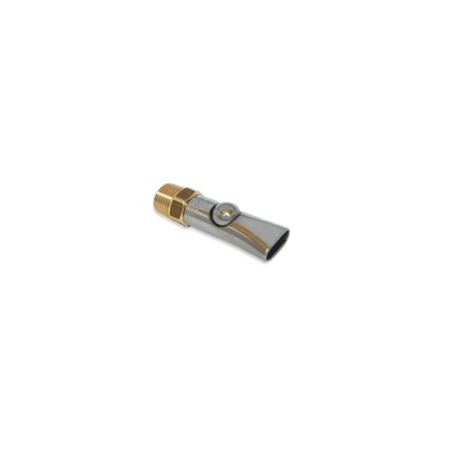Interest in strategies to improve feed efficiency and prevent excessive fat deposition in fattening pigs is growing. It hypothesized that triggering sensory and gastrointestinal satiety through flavoring compounds may contribute to achieve such a goal by reducing over-consumption of feed without compromising animal growth. To test this hypothesis, an experiment was conducted in which a flavoring composition developed to induce satiety (SAT) was added into the diet of fattening pigs. One hundred and 44, mixed sex (50:50) pigs [[(Duroc × Landrace) × Pietrain]; 49 ± 4.55 kg BW] were distributed into 48 pens (3 animals/pen) and 4 blocks of BW, and fed ad libitum either a control diet or the same diet treated with SAT (750 ppm) during the last 49 d before slaughter. Animals were individually weighed on d 0, 21, 35 and 49 and feed intake was recorded every week from d 0 to d 49. Data (BW, ADG, ADFI, GFR) were analyzed as a mixed-effect model with repeated measures in time in which pen was treated as a random effect and diet, block, sex and their interactions were considered fixed effects.
No interactions (P > 0.5) were observed for any of the measured parameters. In addition, no differences were observed for BW (P > 0.7) and ADG (745 vs. 746 g/d;P > 0.8) between treatments. The addition of SAT into the diet, however, reduced (P < 0.02) ADFI by 6% (2437 vs. 2287 g/d) resulting thereby in a 7% improvement (P < 0.05) in GFR (0.30 vs. 0.32).

In conclusion, the inclusion of a satiety-inducing flavor in pig finishing diets improved feed efficiency through the reduction of feed intake without affecting body weight gain.
G. Tedó, D. Torrallardona, and I. R. Ipharraguerre (2012). Improving feed efficiency in fattening pigs through sensorial stimulation. J. Anim. Sci. Vol. 90, Suppl. 3






